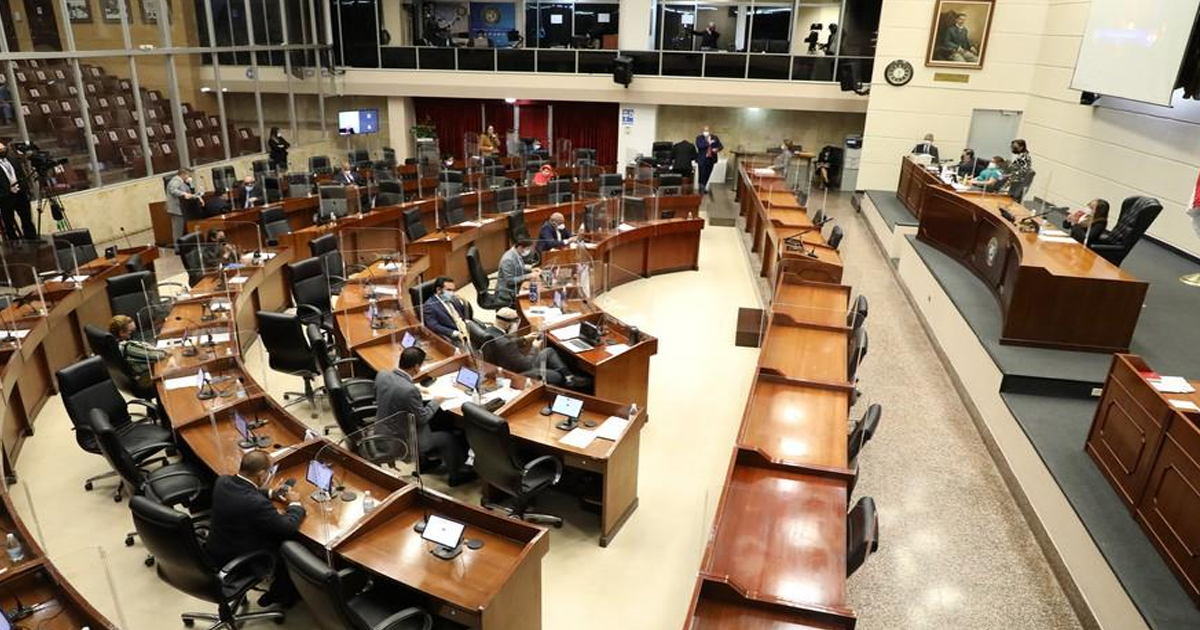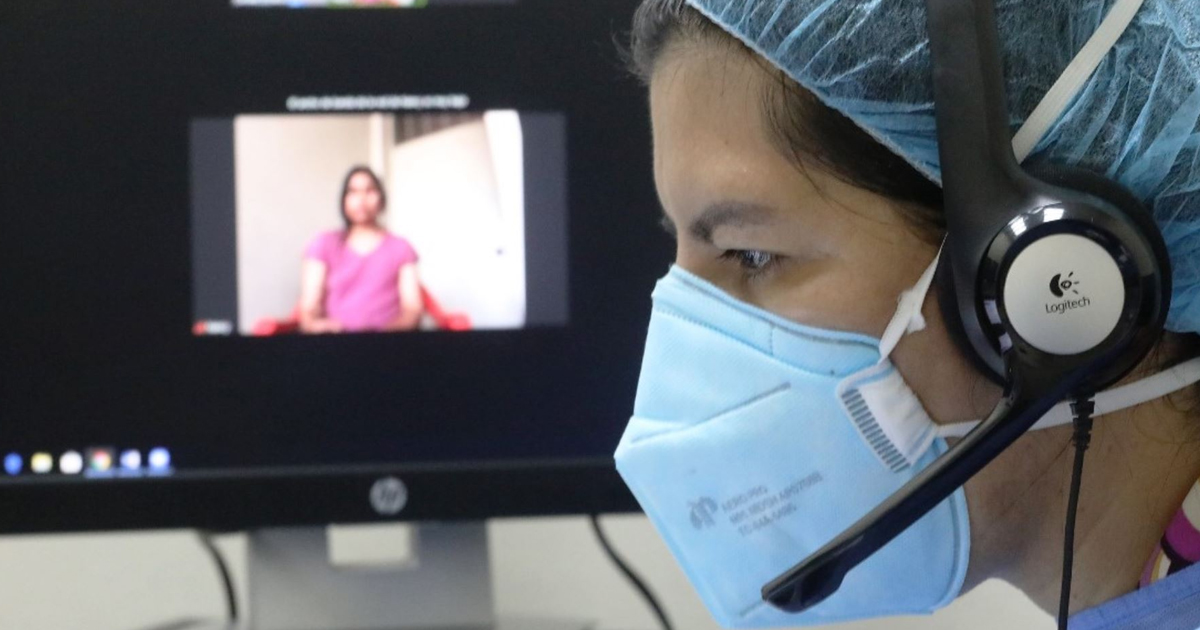El proyecto de Ley 313 que establece los lineamientos para el desarrollo de la telesalud en Panamá, fue propuesta en la asamblea legislativa en octubre del año pasado y ha sido aprobada a inicios de febrero de 2021.
A inicios de octubre del año pasado fue propuesto en la Asamblea de la Nación de Panamá el Proyecto de Ley 313, para promover el desarrollo de la telesalud en el país. El objetivo del proyecto es establecer los lineamientos en esta modalidad de atención a distancia y brindar apoyo al Ministerio de Salud y la Caja del Seguro Social (CSS), al descongestionamiento de hospitales, especialmente durante la emergencia sanitaria.

The telesalud, es la provisión de atención médica a distancia, que intervenga en la promoción de la salud, en la prevención, diagnóstico, tratamiento y rehabilitación de enfermedades, realizada por profesionales de la salud a través de Tecnologías de la información y comunicación.
El diputado Raúl Fernández busca, además, la creación de un Sistema Integral de Digital Health, siguiendo el camino de la digitalización de los servicios de salud en Panamá.
El Proyecto de Ley 313, contempla no solo a los hospitales públicos, sino también a cualquier entidad privada que busque la implementación de servicios de telesalud y que cumpla con los criterios y lineamientos establecidos previamente.
Sin embargo, la aprobación de esta ley no es el primer proyecto de Telehealth en Panamá, pues el primero en este rubro se impulsó en el año 1999, cuando fue creado el Centro de Documentación e Información Médica (CDIM), en la Universidad de Panamá. Para el año 2000 tras reuniones con profesionales de Arizona Telemedicine Program surgió el Proyecto Nacional de Telemedicine, que fue implementado en 2005 a nivel nacional, en diferentes vertientes como Telemedicine Rural, Programas de Teleradiología y Telemedicine en centros penitenciarios.
Ante la pandemia, las autoridades de salud y órganos legislativos, buscaron una solución ante la alta demanda de servicios de salud y la saturación de hospitales y centros médicos. La CSS presta sus servicios al 84% de la población, por lo que la implementación de servicios como teleconsulta en todo el país lograría resolver y brindar atención médica de menor urgencia a una gran cantidad de pacientes.







